WCS Argentina works with partners to address the challenge
Several civil society organizations, including WCS Argentina, have been collecting information on marine protected sites for many years, often with the assistance of recognized experts. In 2019, WCS Argentina began designing this website in a test version (beta) as part of a long-term collaboration, where government and civil society organizations that are knowledgeable in this field may participate. This website should continuously be improved and enriched, contributing to ongoing government initiatives such as Pampa Azul, the Federal System of Protected Areas (SiFAP) and the Information System on Biodiversity (SIB) of the National Parks Administration.
What do we seek?
The purpose of this website is to make updated information on coastal and marine protected areas of Argentina available to government decision-makers, field personnel, researchers, educators and interested public, as a contribution towards effective management of these areas to increase marine biodiversity conservation.
The construction and use of a proficient, easily accessible information system can generate positive effects in the management of protected areas and on the value placed on them by different actors, from government decision-makers to tourists and local populations. Updated knowledge of every protected area is essential for adaptive management that seeks greater efficiency in achieving conservation objectives. Public access to up-to-date knowledge will be a contribution to the appreciation of protected areas by citizens. In addition, the academic sector will have better access to information to develop research on the contribution that coastal and marine protected areas make to the maintenance of ecosystem services and improvement in conservation status of habitats and species. NGOs, international cooperation agencies and donor organizations will have a tool to assess where the greatest priorities lie in terms of strengthening protected areas, mitigating threats or recovering wildlife populations.
How to use the website?
The site was designed so that users with different levels of knowledge on coastal and marine protected areas can quickly find information of interest.
Home Section
The person interested in exploring the subject for the first time may find the main (interactive) map found in “Home” helpful. The bright spots on the map indicate the location of each protected area. By enlarging the image with the “+” (zoom-in) button in the upper left corner, you will be able to enlarge until the perimeter of each protected area and its name are visible. By hovering and clicking the cursor on the bright spot, a window with basic information on the area will appear, at the bottom of which you will find a link to the technical data for each area (which opens in a new browser window).
Protected Areas Section
Visitors in search of specific information on a certain area may wish to enter the “Protected Areas” section, type a keyword in the search engine, or search through the grid showing all areas to access files of each site. Information on each protected area varies, with some containing greater detail than others. Areas that currently have less information will be gradually completed as contributions from different institutions and experts is incorporated.
Statistics section
This section summarizes information on the quantity and percentage of coverage of coastal and marine protected areas at the national and provincial levels, based on our own calculations from cartographic information in the database. It should be noted that the utmost care was taken when estimating the surface of each protected area, using the best available information, either based on polygons provided by official entities or creating polygons with the limits defined in the law creating each area, using the recommended cartographic projection to accurately define the area and its surface calculation.
Species section.
This section displays information organized by year, on each one of a set of well-known species inhabiting or visiting Argentina’s coast and sea. This includes its global, regional and national IUCN conservation status category, its population size and trend. Protection in Argentina provides information on the species colonies or stop-over sites including total number, with/without protection, number undergoing population growth, decline, no-change or unknown. Protected areas that have colonies, stop-over sites or presence of the species are listed. Marine habitats that are heavily used are described and their corresponding marine protected areas are listed. References are provided.
“Colonies” section
This section displays information on colonies and stopover sites of a group of emblematic species inhabiting or visiting Argentina’s coast and sea. The information is presented in a table format, and the visitor can download it for educational, scientific or divulgation purposes. The information presented is the result of a compilation of the most up to date data available in scientific literature and research reports. Please cite this information as: Fermepin S., Falabella V., Krapovickas S. and G. Harris. 2021. Compilation of demographic data of some emblematic species present in the MPAs of the Argentine coast. Wildlife Conservation Society. http://beta.ampargentina.org/ Version June 2021.
Editorial team of the test version (beta) developed by WCS Argentina
- Idea and direction: Guillermo Harris
- Cartography and database: Valeria Falabella
- Technical support and coordination: Santiago Krapovickas
- Web design and development: Manuel Ayuso, Federico Ocariz, Facundo Cunsolo, Lucas Morsellino (Gula Visual).
- Photo editing: Darío Podestá
- Art and design: Victoria Zavattieri
- Comminication: Florencia Lemoine
Support and sponsorship
The beta version was supported by the Liz Claiborne and Art Ortenberg Foundation, MPA Fund, Waitt Foundation and Arcadia. For the public version, the sponsorship of various government and civil institutions will be requested.
Photographers
The following individuals and organizations provided valuable photographic material to illustrate the site. To use the images, authorization must be requested.
- Santiago Imberti: santiagoimberti@gmail.com
- Pablo Petracci: pablopetracci@yahoo.com.ar
- Emanuel Tiberi: emanuel.tiberi@gmail.com
- Fabián Pinasco: bereniris1980@gmail.com
- Hernán Povedano: hernanpovedano@gmail.com
- Santiago Krapovickas: sfkrapovickas@gmail.com
- Andrea Raya Rey: arayarey@wcs.org
- Nicolás Battini: nicolasbattini@gmail.com
- Beagle Secretos del Mar: beaglesecretosdelmar@gmail.com /
lacumbre_190@yahoo.com.ar (Mariano Rodríguez) /
felixjlzampelunghe@yahoo.com.ar (Félix Zampelunghe) /
augustodive@gmail.com (Augusto de Camillis) - Diego Cabanas: dcabanas@feadarsa.com.ar
- Gabriel Battaglia: puntarasa@rpm-net.com.ar
- Grupo de Aves Marinas UNPA/WCS: estebanfrere@yahoo.com.ar
- Fernando Mariño: demian15nicolas@hotmail.com
- Nora Lisnizer: noralisnizer@gmail.com
- Tomás Rodríguez Astorino: alfil2001@live.com / @tomas.astorino.fotografia
- Claudio Rodríguez: claudiorr@hotmail.com / @avesmardelplata
- Lautaro Rodríguez Astorino: lauti999@yahoo.com.ar / @lautaro.astorino
- Mónica Torres
- Giacomo Dell´Omo / Ornis Italica: https://www.ornisitalica.com/staff/
- Guillermo Harris: gharris@wcs.org
- Darío Podestá: dhpodesta@yahoo.com.ar
- Aníbal Farias
- Annick Morgenthaler annick.morgenthaler@gmail.com
- Juliana Sanchez julianasanchez78@hotmail.com
- Cintia Celsi cintiacelsi@gmail.com
- Carlos Alfredo Santander junior3074@outlook.com
- José Oyarzo hueicha@gmail.com
- Guillermo Rost guillerost@gmail.com
- Victor Hugo Correia
- Fabián Castellano fabian619@hotmail.com
- María José Solis Fieg
- Alejandro Daniel Sánchez
- Francisco Lopez flopez@habitatydesarrollo.org.ar
- Martín Ciancio mciancio9@gmail.com
- Valeria Falabella
- Claudio Campagna
Acknowledgments
The team of the beta version of this webpage wishes to thank the Patagonia Natural Foundation and those who were part of the technical team of the project “Integrated System of Coastal Marine Protected Areas” (ARG / 10 / G47 GEF – UNDP) for promoting the effective management of these areas and the valuable information compiled, which serves as the basis and inspiration for this site.
To Ricardo Delfino Schenke (FAO Argentina) for his timely advice.
A special mention
To Don Antonio Torrejón, who died in 2020 at the age of 84 (RIP) who become a precursor to the conservation of coastal wildlife in Argentina in the middle of the 20th century, by understanding with enormous foresight that wildlife-based tourism could become a far more valuable alternative to the commercial slaughter of marine fauna, commonplace at that time. Called the “father of Patagonian tourism”, Antonio was the first Director of Tourism in the Province of Chubut and creator of the Provincial System of Protected Areas, in the 1960s. The protected areas of Punta Loma, Punta Norte, Golfo San José and Punta Tombo among others were created under his tutelage. Very early on, he recognized the importance of research for the conservation of natural resources and advocated the installation of Cenpat in Puerto Madryn, a dependent on Argentina’s National Research Council (CONICET). His efforts to promote tourism spread to all corners of Argentina where he held positions of Minister or Director of Tourism in numerous administrations or provided advice to those responsible for tourism and protected areas. He was President of the National Network of Protected Areas of Argentina and advisor to the highest levels of decision-making, including the National Ministry of Tourism, the National Parks Administration and the Honorable National Congress. Throughout his lifetime he received innumerable distinctions, both national and international, for his tireless work in favor of nature-based tourism. We express our gratitude to this giant among those who have fostered public care of our natural heritage through appreciation, enjoyment and respect.

IN MEMORY
This website is dedicated to the memory of Dr. William Conway, a leader in wildlife conservation worldwide who pioneered the protection of biodiversity on the coast of Patagonia.
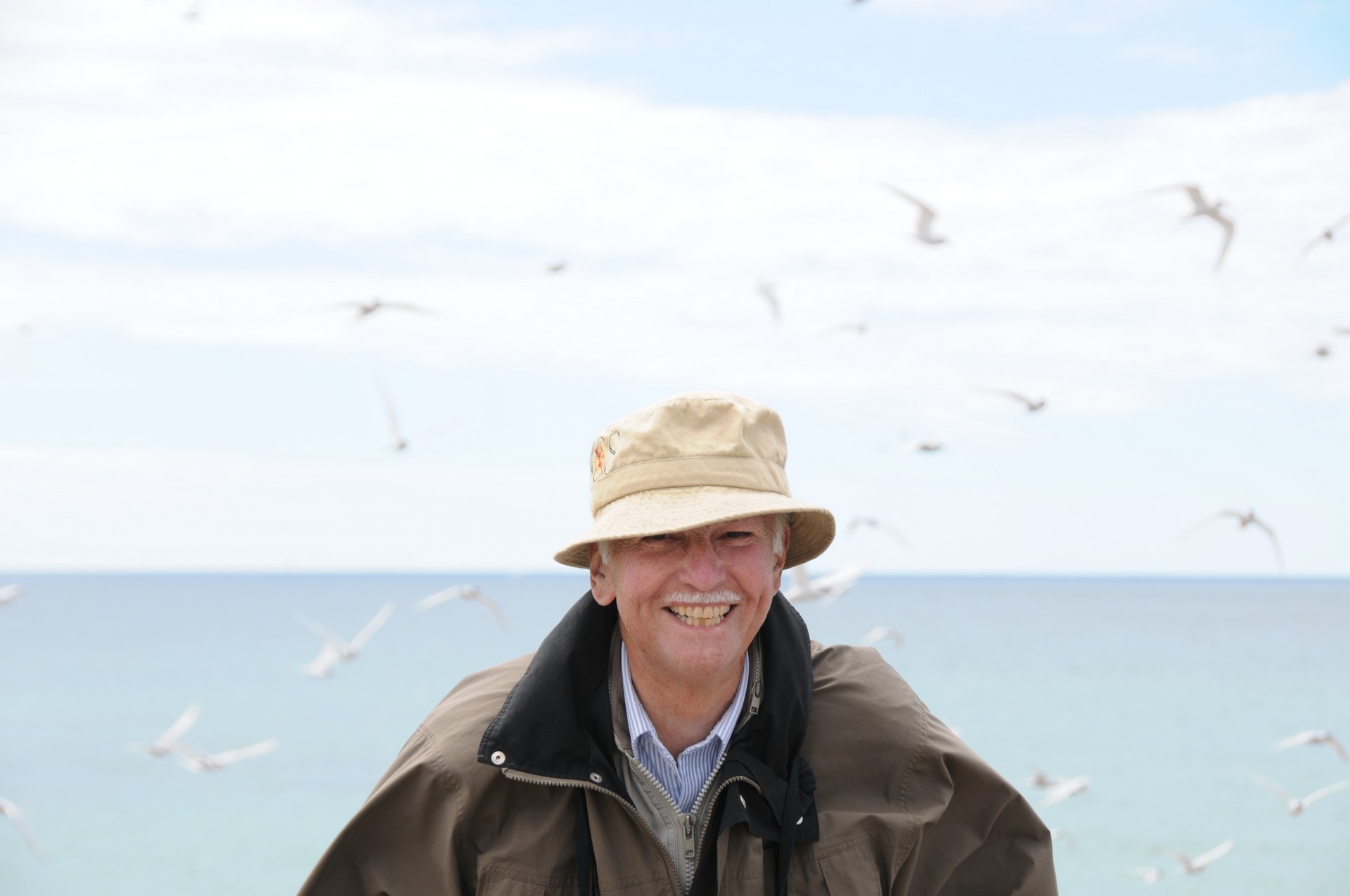
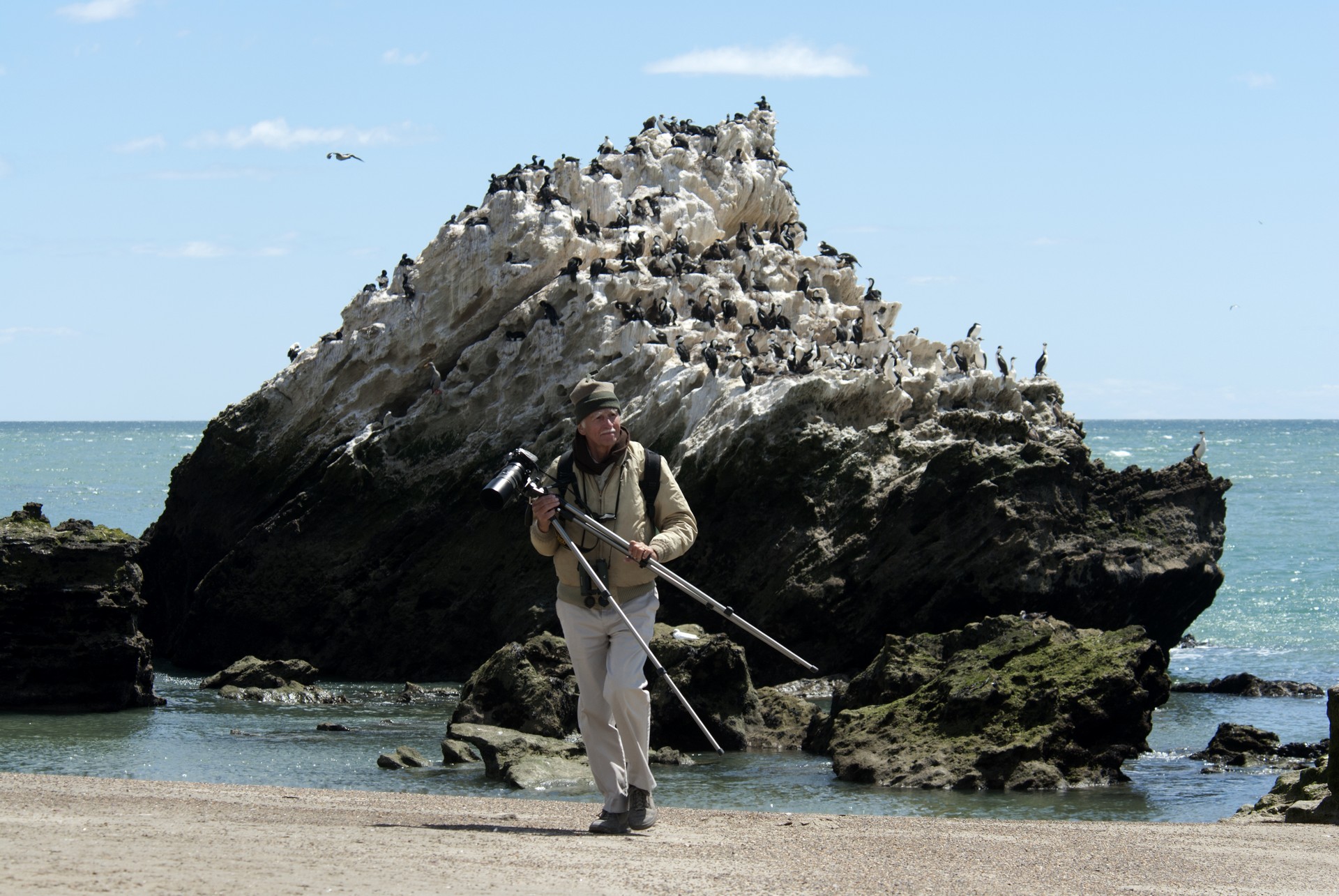

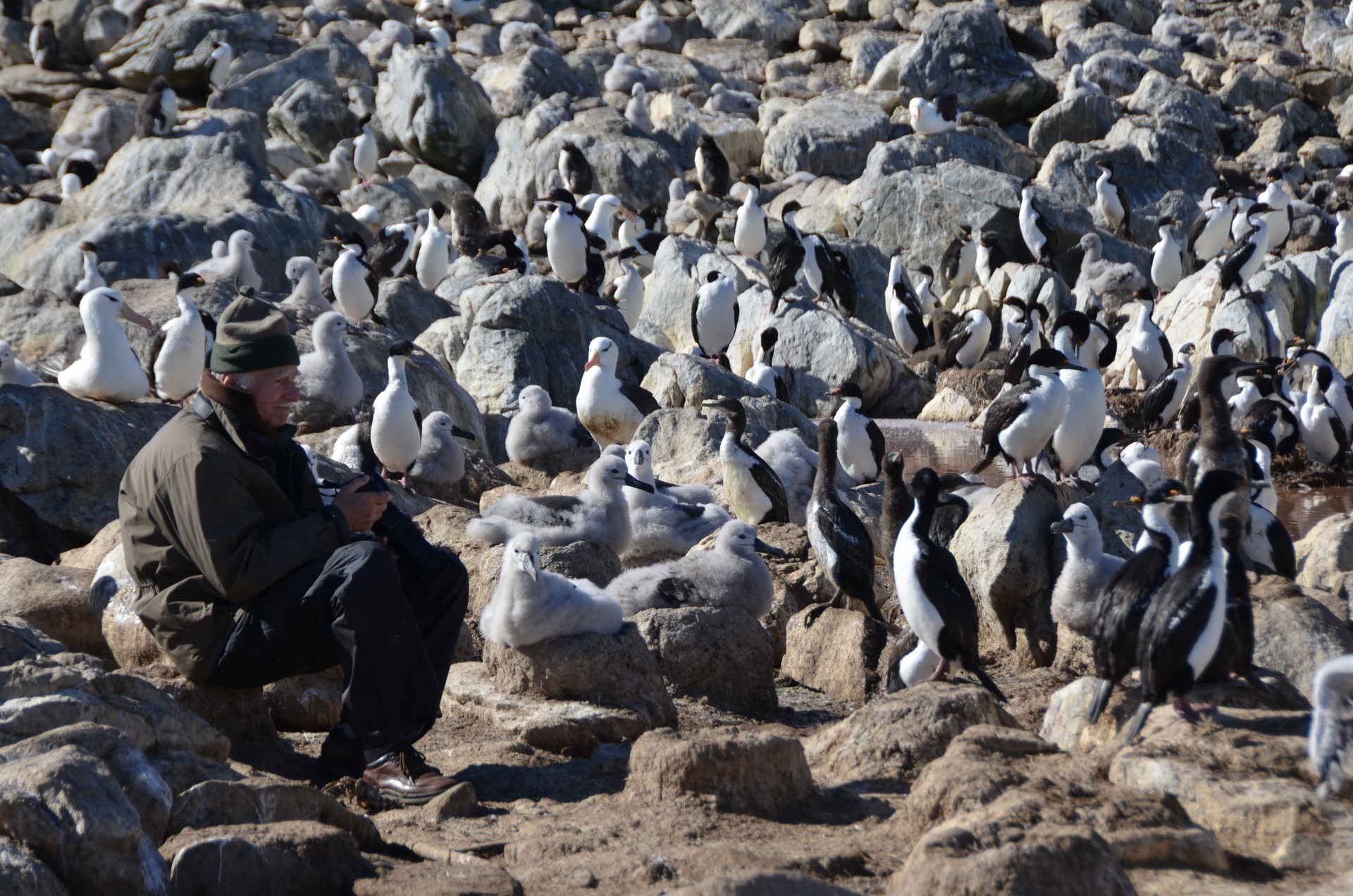
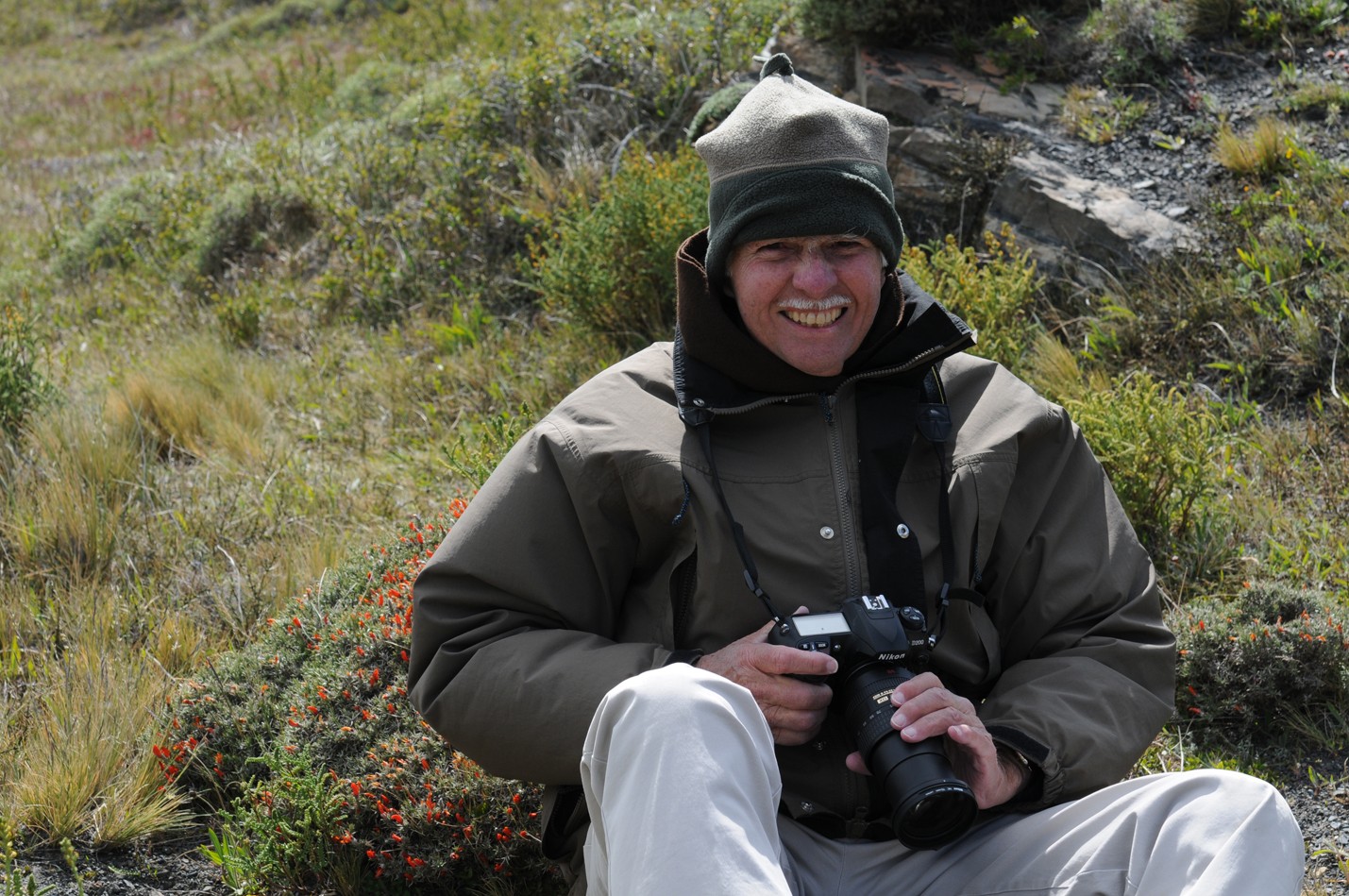
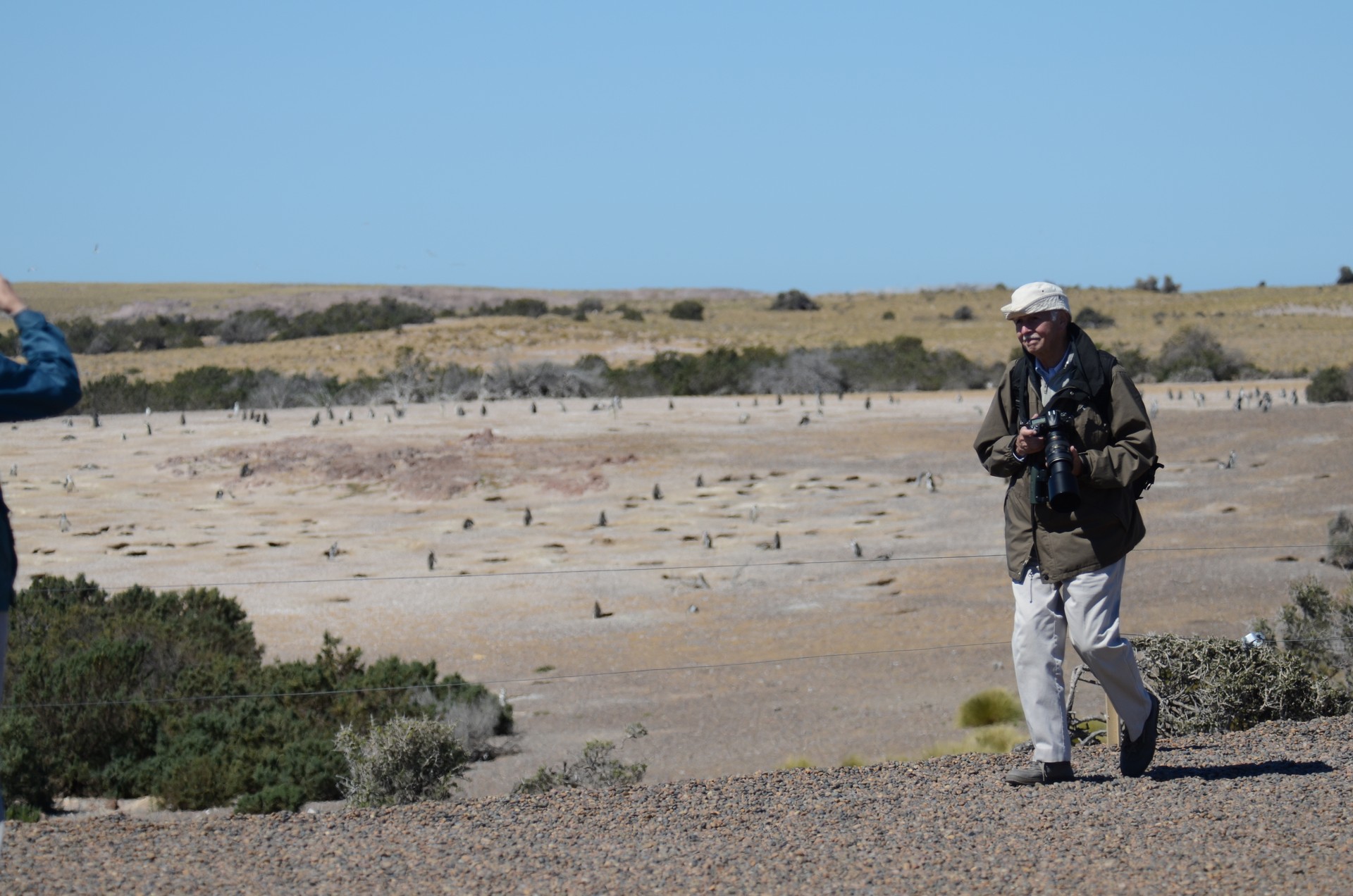
William Conway
1929 – 2021
1929 – 2021
“Bill” to all who had the good fortune of meeting him and sharing fieldtrips on the coast of Argentine, was General Director of the New York Zoological Society (today WCS) for 40 years. Under his guidance, the organization, which includes the Bronx Zoo and the New York Aquarium, built one of the leading international wildlife conservation programs with projects in more than 60 countries. Among them the creation of WCS’s conservation program in Argentina.
His first visit to this country was in 1960, a time when conservation efforts were just beginning here. Countless trips to the Patagonian coast followed, without a doubt his favorite place in the world. Under his leadership, WCS initiated its project for the conservation of right whales in Peninsula Valdés. It was followed by research and conservation projects on southern elephant seals, Magellanic penguins and many other species of marine birds and mammals.
Bill was a source of inspiration and permanent assistance for the development and implementation of the Patagonian Coastal Zone Management Plan and The Forum of NGOs for the Conservation of the Patagonian Sea and Areas of Influence. He also constantly supported research and conservation projects in conjunction with Argentina’s National Parks Administration and CONICET.
Author of more than 200 scientific papers and articles, his book “Act III in Patagonia. People and Wildlife” published by Shearwater Books US, has special value since it recounts his vision for the conservation of wildlife in this region. Most importantly, the creation and strengthening of protected areas of the Patagonian coast and the Argentine Sea.
For all this, those responsible for this website deeply thank William Conway for his tireless effort to advance knowledge and caring for the wildlife of Argentina.
How to refer to the information on this webpage?
The information can be freely consulted and quoted, mentioning the source. The suggested text for the technical sheets of each MPA is as follows:
[Surname and name of the author of the fact sheet] 2020. [Name of the area] Coastal and Marine Protected Areas of Argentina. Compiled by WCS Argentina and collaborators. https://beta.ampargentina.org/areas/[name -of-site] Consulted on [date of download or consultation].
Please cite information from the “Colonies” Section as follows:
Fermepin S., Falabella V., Krapovickas S. and G. Harris. 2021. Compilation of demographic data of some emblematic species present in the MPAs of the Argentine coast. Wildlife Conservation Society. http://beta.ampargentina.org/ Version June 2021.
In order to use the website photographs for any purpose, it is necessary to request authorization from the photographers, whose details are included below.
For more information on this initiative, please contact
WCS – Marine Program – Argentina (argentina@wcs.org)

